Herb garden mistakes - 7 errors to avoid for easy to maintain healthy herbs
Create the ultimate cooks' herb garden by avoiding these herb garden mistakes when growing your own
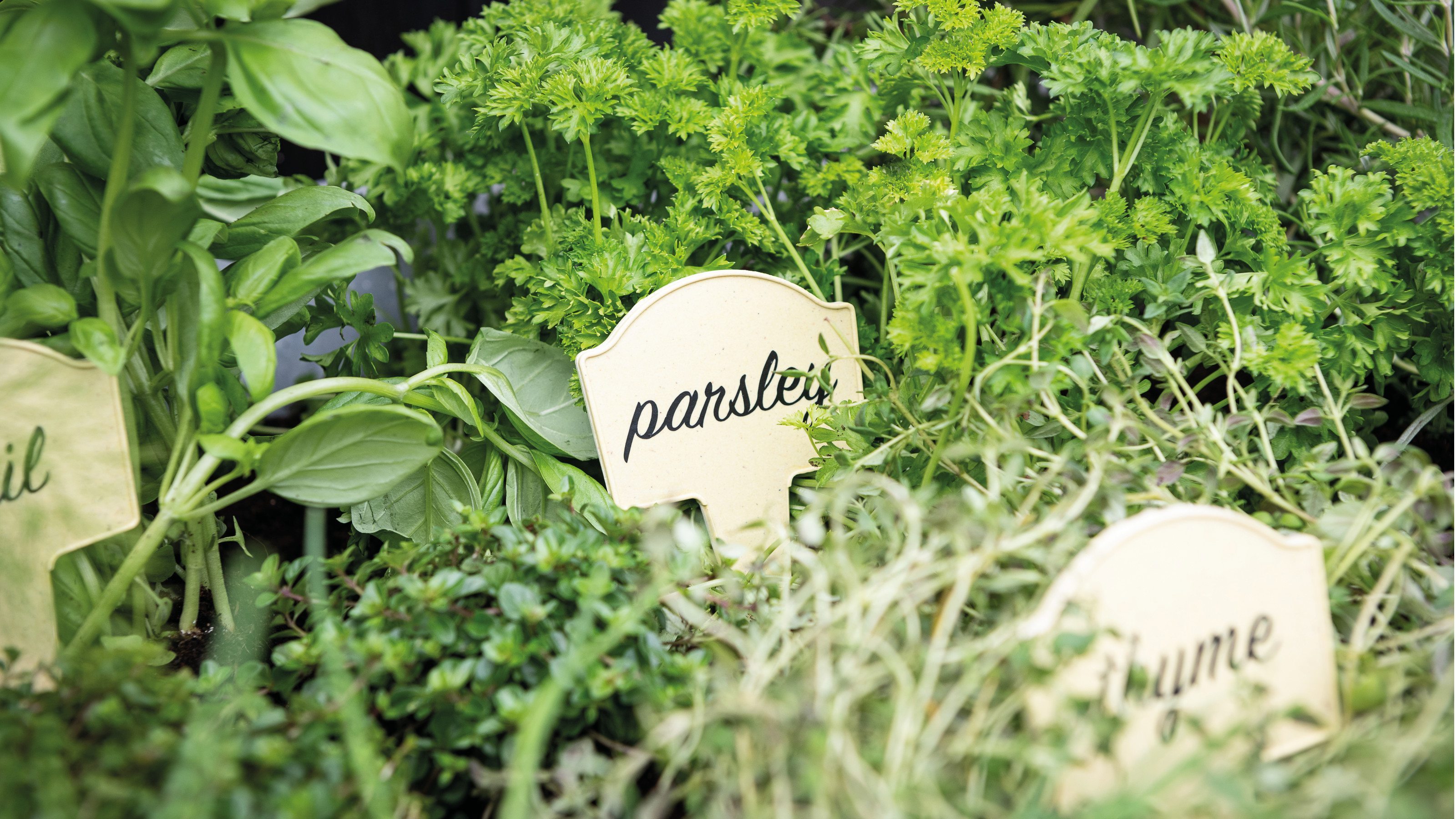
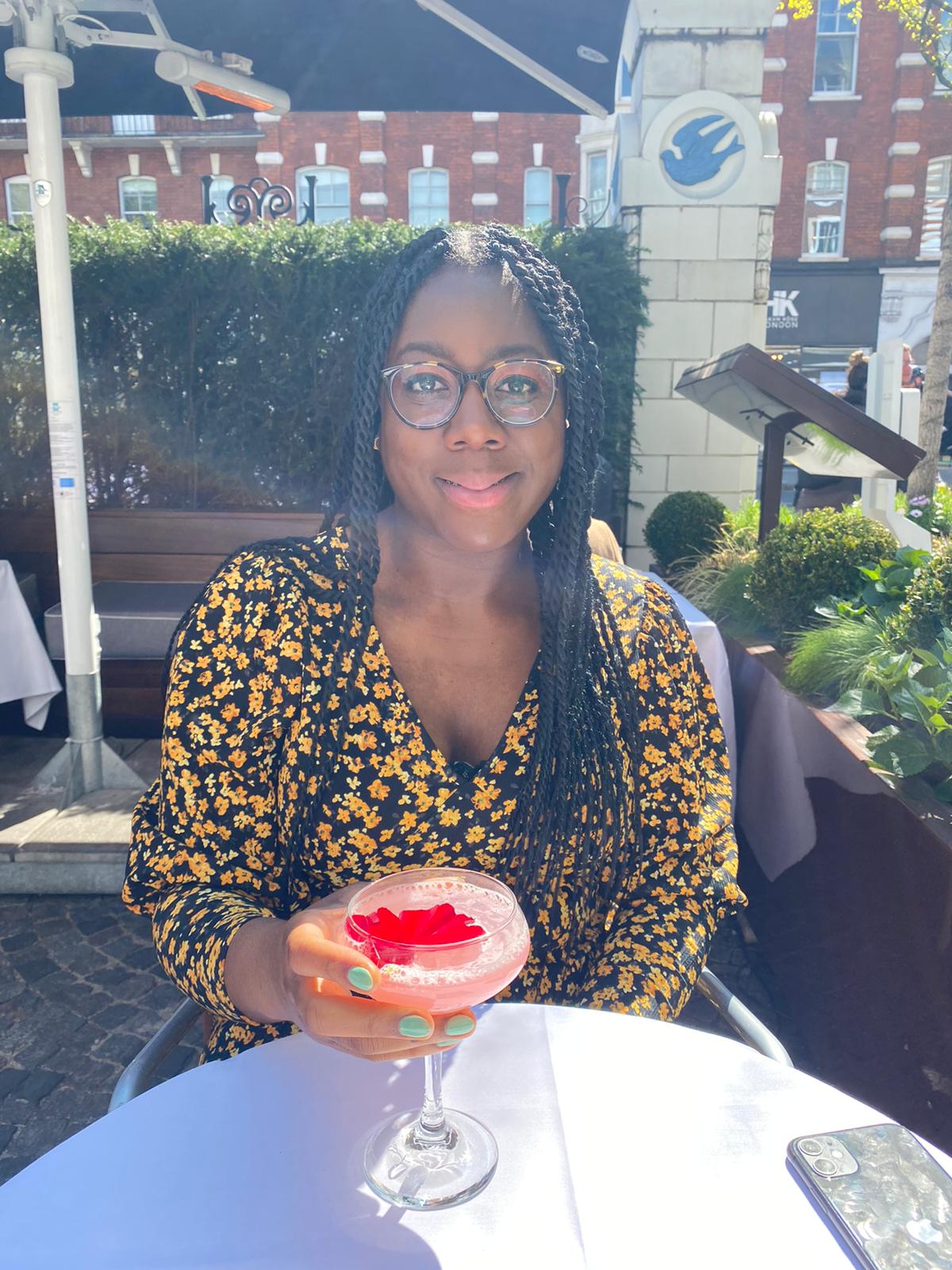
Creating your own herb garden sounds like a great idea for beginner gardeners, but there are some herb garden mistakes that can quickly turn lovely herb garden ideas into a herb-y graveyard.
Whether you're looking to sprinkle a little fresh thyme on your roasts or spike your tea with fresh mint, growing your own herbs is a good idea. You don't even need a garden as a window box will do. ‘There are two ways you can start a herb garden; either by growing herbs from seeds or plants,’ says Marcus Eyles, horticultural director at Dobbies Centre.
‘Herbs like basil, thyme and chives are generally easy to germinate from seeds, making them great for those just beginning their gardening journey. Mint and Rosemary can be a little more challenging, however, that shouldn’t put you off growing them. You can buy these herbs as young plants and grow from there.’
Herb garden mistakes to avoid
Don't be fooled into thinking herb plants' adaptability to a small garden idea means they're easy to grow. If you've been struggling to get your herb garden to thrive, you might be falling for one of these common mistakes.
‘Visit places with kitchen gardens for inspiration, national trust properties for example. Often they will introduce you to herb varieties you hadn’t thought of and you can use the gardener’s wealth of experience and knowledge on layout and selection as a starting point to create your own herb garden,’ says Jonathan Hill, sales director at Rolawn.
1. Not using raised beds
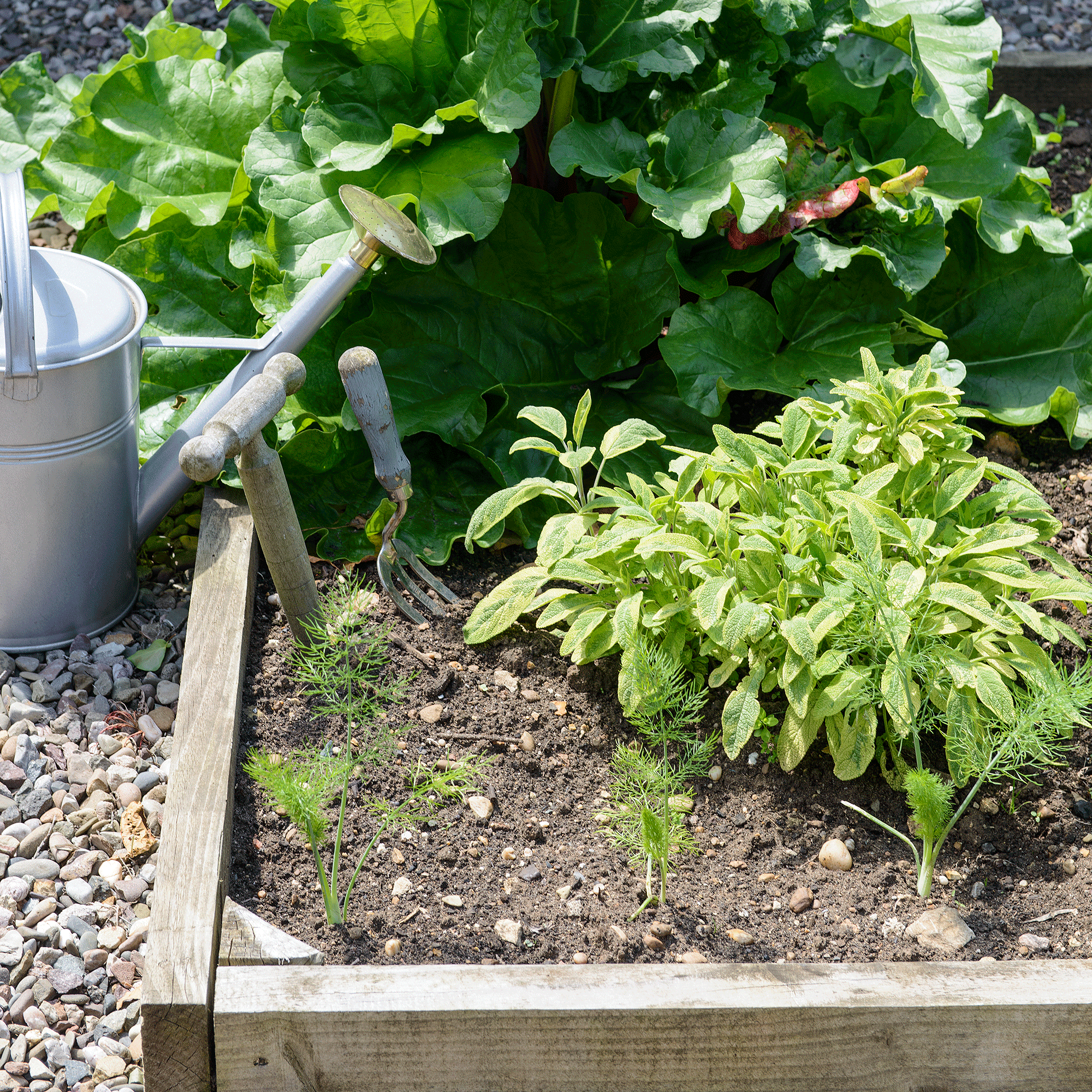
Keeping your herbs in raised herbs is perfect for them to grow especially where space is limited. Raised beds also allow the soil to be less compacted, have better drainage and get warmer earlier in spring, encouraging growth earlier in the season. They are also easier to maintain and help contain herbs which could otherwise take over the garden.
‘You can upcycle old items to be the basic structure of your raised herb garden - old tin baths and rustic beer barrels sawed in two, old Belfast sinks,’ advises Jonathan Hill from Rolawn.
‘For real durability and easy maintenance, you could use concrete walling to create raised beds, and tie it in with walling elsewhere in the garden or even a patio in the same material. Argent garden walling is a robust and practical option, you could build several planters at different heights to help protect your herbs from the threat of underground frost.’
2. Using the wrong soil
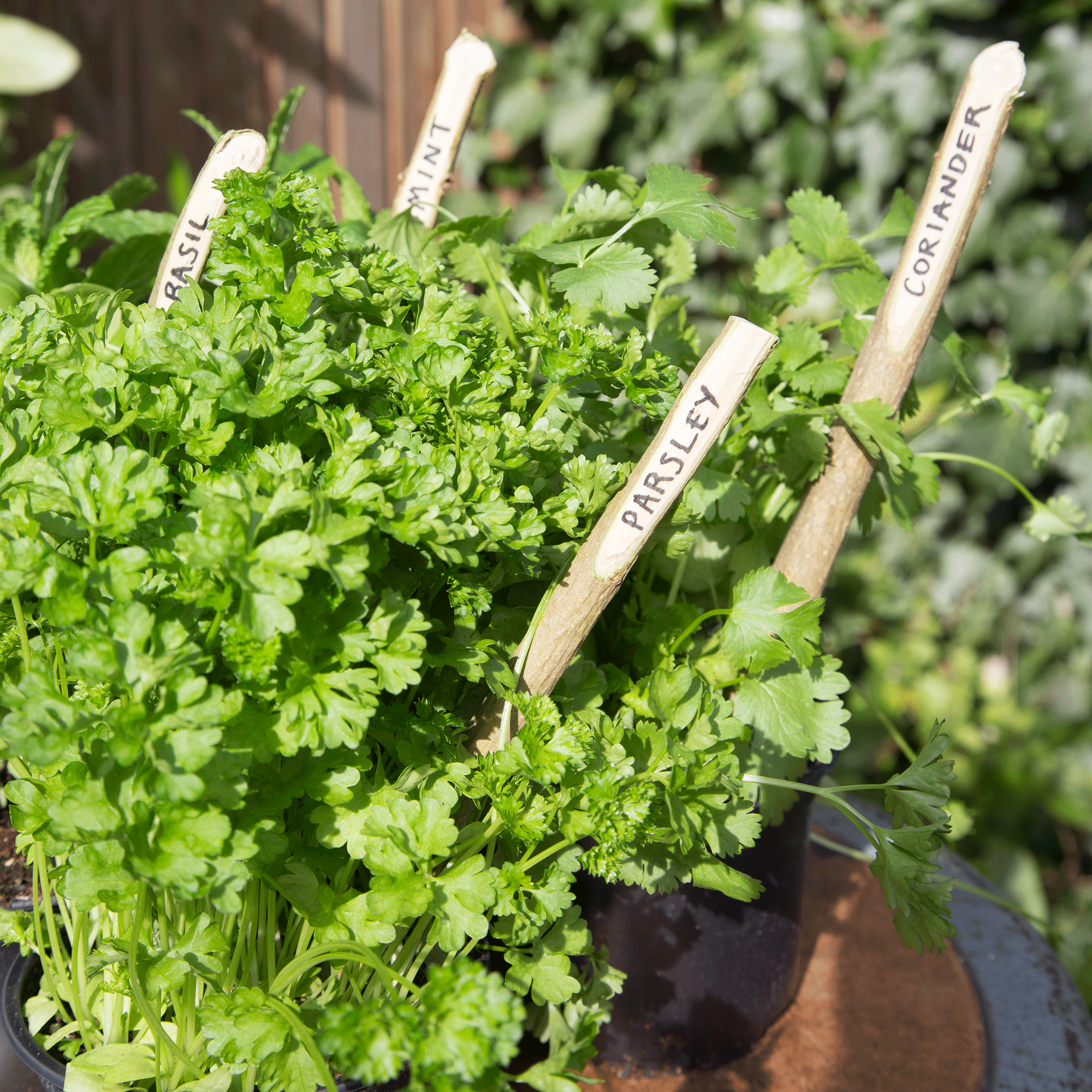
‘Make sure to buy your topsoil from a trusted source, some topsoils can be contaminated, which can be an issue, especially when growing edibles. Herbs tend to grow best in well-drained, fertile, healthy soil so it’s worth initially investing in some high-quality topsoil,’ says Jonathan Hill from Rolawn.
If you allow your soil to collect pools of water this can lead to rot and will stop your herbs from growing. Adding compost or shredded leaves should account for 10-20% of the soil with the rest being made up of good-quality potting soil. Also, look at what is mulching and how it can benefit the soil.
Balanced fertiliser is also important to add to soil because overfeeding can lead to the leaves losing their pungent flavour. Sandy-loam soil is the best for growing herbs because it is rarely waterlogged in the winter and is high in nutrients.
3. Not including a pot with drainage holes
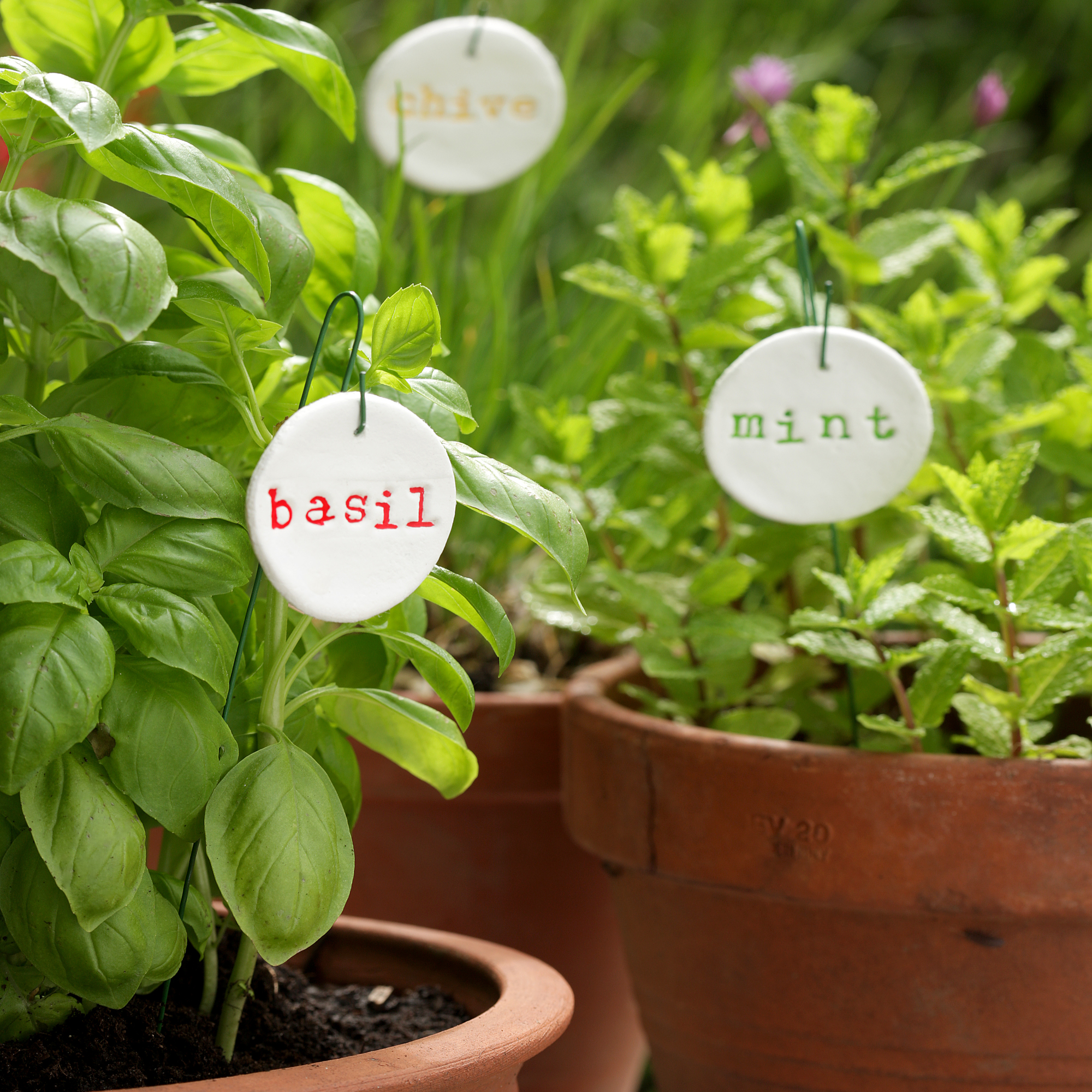
If you opt to grow your herbs in a container you need to ensure there are adequate drainage holes. If not the soil for your herbs will become waterlogged and cause root problems including rot.
Herbs need to be in a pot or container that has enough drainage holes so water can flow through freely. When watering your herbs make sure all the soil is moist and the water runs through the drainage holes. Once the top couple of inches of soil is dry, this is a sign to water the herbs again.
The pot should also be slightly bigger than your plant to allow for the growth of the herbs. Poor drainage can also lead to an oxygen-poor environment which will stunt the growth of the herbs and eventually kill them. If you do find a pot that is suitable for your herbs but it doesn’t have drainage holes, take a drill bit and create the holes. The holes should be a quarter inch in size and three to four holes in a pot is enough.
4. Not bringing in herbs during the winter months
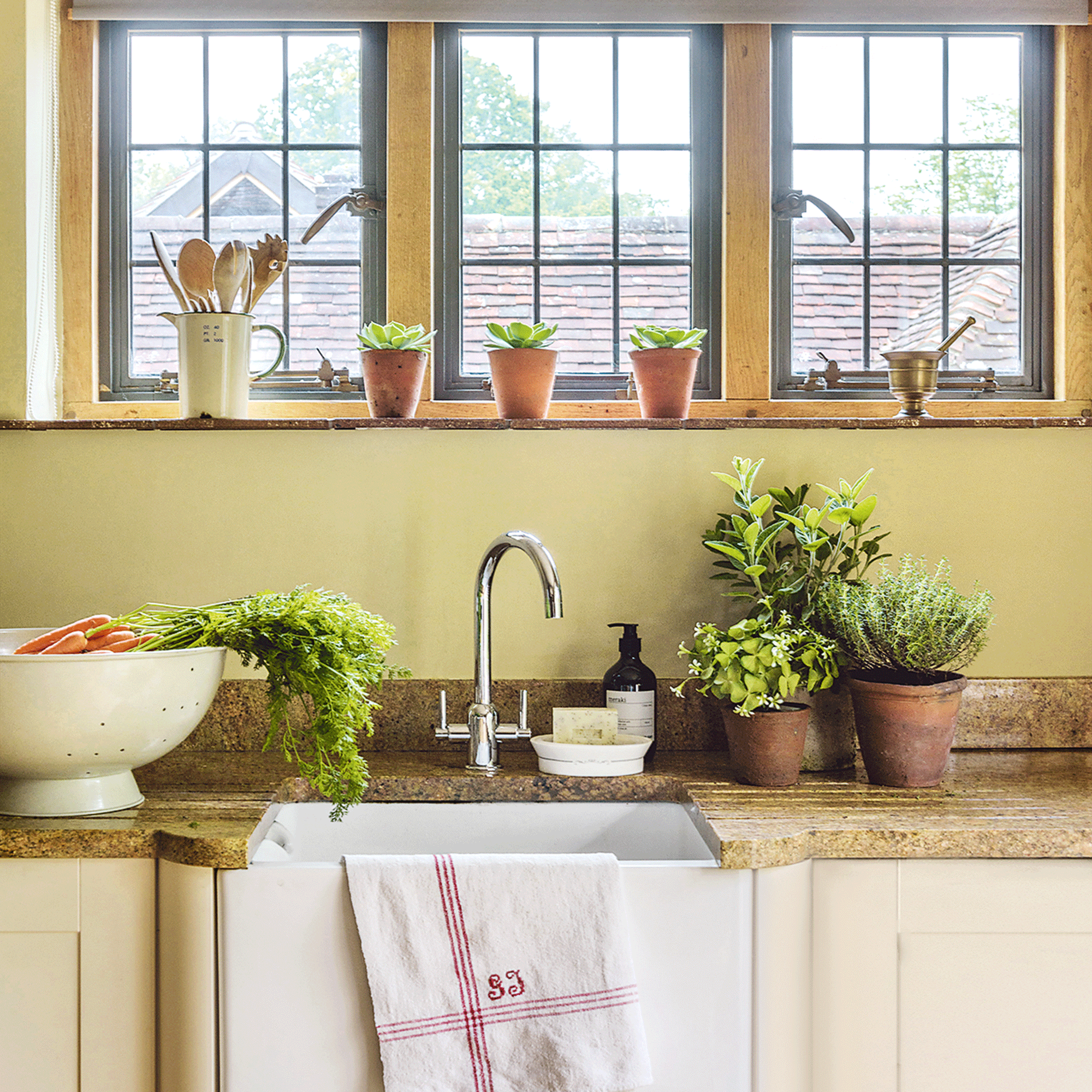
‘To avoid herbs becoming damaged in the winter months, you can bring them indoors or keep them in a cold frame or mini greenhouse,’ say the experts at Garden Street. Bringing your herbs indoors during the winter will extend their life by taking them out of the cold temperatures and shorter day lengths.
Chives, oregano, parsley, rosemary and thyme all grow well indoors and will look good alongside your house plant ideas. Being kept inside will keep your herbs alive for another growing season and protect them from harsh conditions. All you need to do is bring the containers indoors or dig up the herbs and transfer them into suitable pots or containers.
5. Keeping your herbs in the shade

Herbs love indirect bright sunlight so shady corners of your garden are not the ideal spot for your herbs. Learn about the specific requirements of your herbs to assess more specifically how much sunlight suits them best and don’t be afraid to move your herbs to find a better location if needed.
Johanna Elvidge, Head of Design at Marshalls says, ‘Herbs thrive off the sun - to get the best crop of herbs, find a position that basks in a minimum of six hours of sunlight daily.’
Chevril is a herb that only needs around 4-6 hours of sunlight so works well for your north-facing garden ideas. Herbs such as lavender, basil, rosemary, sage and oregano love full sunlight, whereas parsley, tarragon, mint, dill and thyme can handle partial sun.
6. Not choosing perennial herbs

Perennial herbs are easy to grow and will grow back year after year, adding to both your garden and your cooking. Pick your perennial herbs regularly to keep them healthy and productive.
Many perennial herbs will also produce edible flowers which taste great as a garnish or in drinks. Creeping thyme is a fast grower that can survive in poor soil and is a great pollinator and tastes great with potatoes, fish and chicken. Oregano is very hardy and is another fast grower and fennel is another great perennial herb that has lovely wispy leaves.
‘Perennial herbs continue to grow back every year, which is a good starting point if you want a permanent supply. Herbs such as chives, mint, sage, rosemary, and thyme are some of the best perennials for beginners,’ says Daniel Schofield, director at The Expert Gate Company.
7. Not planting your favourite herbs

The best thing about creating your own herb garden is that you can grow your favourite herbs all year round. Often herbs taste much better fresh than dried, so having your own herb garden gives you guaranteed access to tasty fresh herbs. Herbs such as parsley, tarragon cilantro, chives, mint and dill are an example of delicate herbs which ideally should be eaten fresh.
Herbs taste the best when eaten raw or very lightly cooked. Take this an opportunity to try out some different herbs and experiment with different combinations for easy garden ideas.
How should I arrange my herb garden?
Make sure to arrange your herbs in a sunny spot and for a striking look, line the border of your herb garden with rosemary and lavender. This will create a striking hedge effect and will contain other herbs which like to spread out. Mint is quick to spread and overtake the rest of the plot, so plant it in its own pot or bucket to contain its roots.
Rian Habergham, gardening expert at Leisure Bench, says, ‘It's a good idea to plant your herbs at different times and make sure that they all have different growth rates, as this will keep your herb garden alive and healthy. If you choose to keep all your herbs in pots, keep them near your kitchen for easy access. One of the many benefits of growing your own herbs is that you have fresh herbs on hand at all times.
Herbs are bee friendly so are perfect for bee garden ideas and are good at encouraging plant growth in your garden as well as adding a tasty finishing touch to your meals. Some of the best herbs to include in your herb garden include, chicory, chives, fennel, mint, rosemary, thyme and sage.

How do you start a herb garden for beginners?
If you are a complete novice when it comes to starting your own herb garden, perennials herbs are the easiest ones to start with. Rosemary, oregano and sage are good herbs to begin with. Use sandy-loam soil which is naturally high in nutrients and is easy to cultivate and work with.
‘Beginners should start small with their herb garden, and focus on growing herbs that are relatively easy to look after. Chives, parsley, mint and tarragon are great starter herbs, and can even often grow inside, meaning they're great starter herbs for those without garden space too,’ says Rian Habergham from Leisure Bench.
‘Make sure you're keeping on top of the herbs you have, and try not to plant too many if you're not sure how to properly look after them just yet. Your herb garden will develop and grow over time as you become more experienced with growing herbs, so just stick with it and you'll discover the herbs you prefer to grow and the herbs you don't, as well as the herbs you actually use.’
Get the Ideal Home Newsletter
Sign up to our newsletter for style and decor inspiration, house makeovers, project advice and more.

Imani Cottrell is Ideal Home’s Content Editor, she graduated with a Masters degree in magazine journalism from Nottingham Trent University in 2018.
She then went on to join the Royal Television Society and worked on their digital team writing about all things TV. In 2022 she joined the Ideal Home team and is getting to express her passion for all things interior design. In her spare time she loves discovering new homeware brands and travelling to new places for design inspiration.
-
 Should your front door colour match your hallway? Interior experts reveal 3 reasons why it should (and 3 reasons it shouldn't)
Should your front door colour match your hallway? Interior experts reveal 3 reasons why it should (and 3 reasons it shouldn't)Are you team matching or contrasting?
By Ellis Cochrane
-
 This £200 limited-time discount makes this Dyson vacuum cheaper than I’ve ever seen it - run don’t walk to Argos for this bargain
This £200 limited-time discount makes this Dyson vacuum cheaper than I’ve ever seen it - run don’t walk to Argos for this bargainIt's the most affordable Dyson on the market right now
By Lauren Bradbury
-
 Martin and Shirlie Kemp’s pastel flower beds has given their Victorian renovation a romantic look - how you can get the look
Martin and Shirlie Kemp’s pastel flower beds has given their Victorian renovation a romantic look - how you can get the lookTheir pastel garden is the cottage garden inspo you've been looking for
By Kezia Reynolds